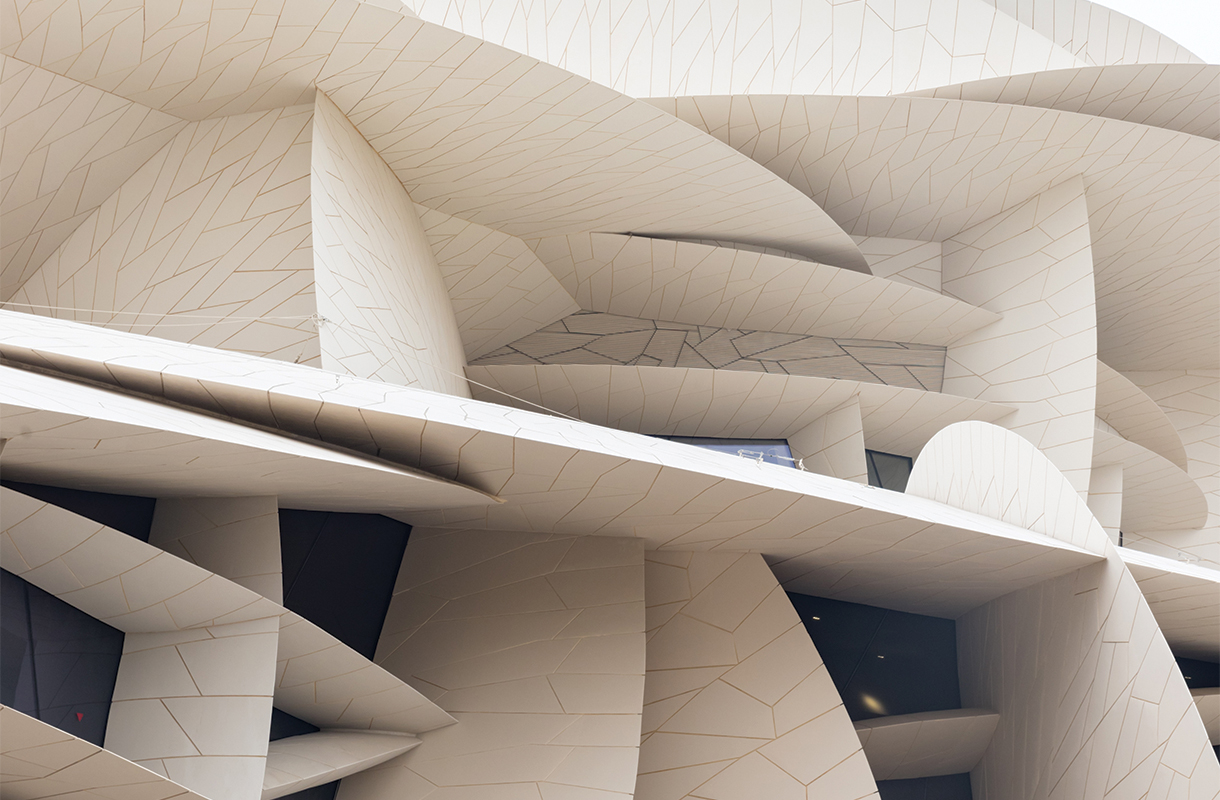
Cathedrals of Culture
The newest museums and artistic venues to visit now.
Egypt is constructing the largest archaeological museum in the world, the Grand Egyptian Museum near the Giza Pyramids outside Cairo. The main attraction to the massive complex (designed by Dublin’s Heneghan Peng Architects) will be 100,000 objects from King Tut’s tomb. The billion-dollar initiative, projected to open in 2022, will hopefully revive tourism depleted by political unrest since the Arab Spring.
Abu Dhabi has partnered with Western museums in an effort to become the Persian Gulf’s cultural hub. The Louvre Abu Dhabi opened last year, and construction is to proceed on the long-stalled Guggenheim Abu Dhabi, a structure designed by Frank Gehry that is 12 times the size of the Guggenheim in New York. China’s rapid development has spurred an unrivaled crop of museums, including M+ (designed by Herzog & de Meuron, Basel, Switzerland)—an Asian-centric museum of 20th- and 21st-century art and design scheduled to open in 2021 in Hong Kong’s West Kowloon Cultural District.
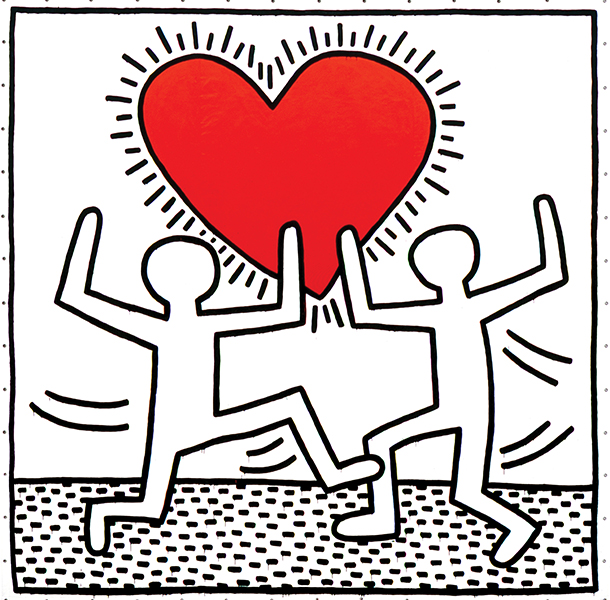
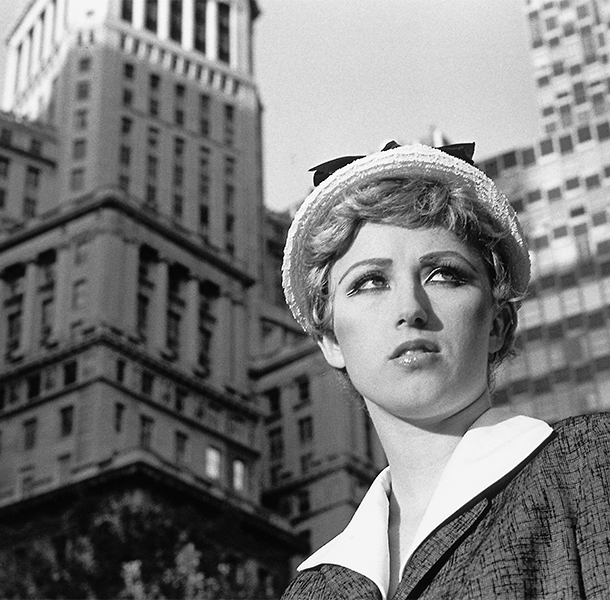
Germany is forming a museum of world culture envisioned as a counterpart to the British Museum. Housed in the reconstructed Prussian royal residence on Berlin’s Museum Island, the $700 million Humboldt Forum—named for the 19th-century scientist and explorer—opens in 2020, combining Berlin’s ethnological and Asian art museums with a permanent display on the city’s history, and space for temporary exhibitions.
Private collectors are adding diversity by minting bespoke showcases that enshrine their wealth and taste. French billionaire François Pinault—whose Kering group owns Christie’s auction house, Gucci, Bottega Veneta, Saint Laurent, Alexander McQueen, Balenciaga, and many other luxury brands—is spending $179 million to establish a contemporary art museum in Paris. He has a 50-year lease on the city’s 19th-century Bourse de Commerce, and hired Japanese architect Tadao Ando—who already converted two buildings in Venice into Pinault museums—to turn it into a showcase for his personal collection and temporary shows of “the art of today.” Slated to open in 2020, the project is a riposte to Pinault’s French rival Bernard Arnault, owner of LVMH Moët Hennessy Louis Vuitton, who made headlines by opening the Frank Gehry–designed Fondation Louis Vuitton in the Bois de Boulogne.
These monumental projects may be a few years away from completion, but numerous others have recently opened or will be unveiled in coming months.
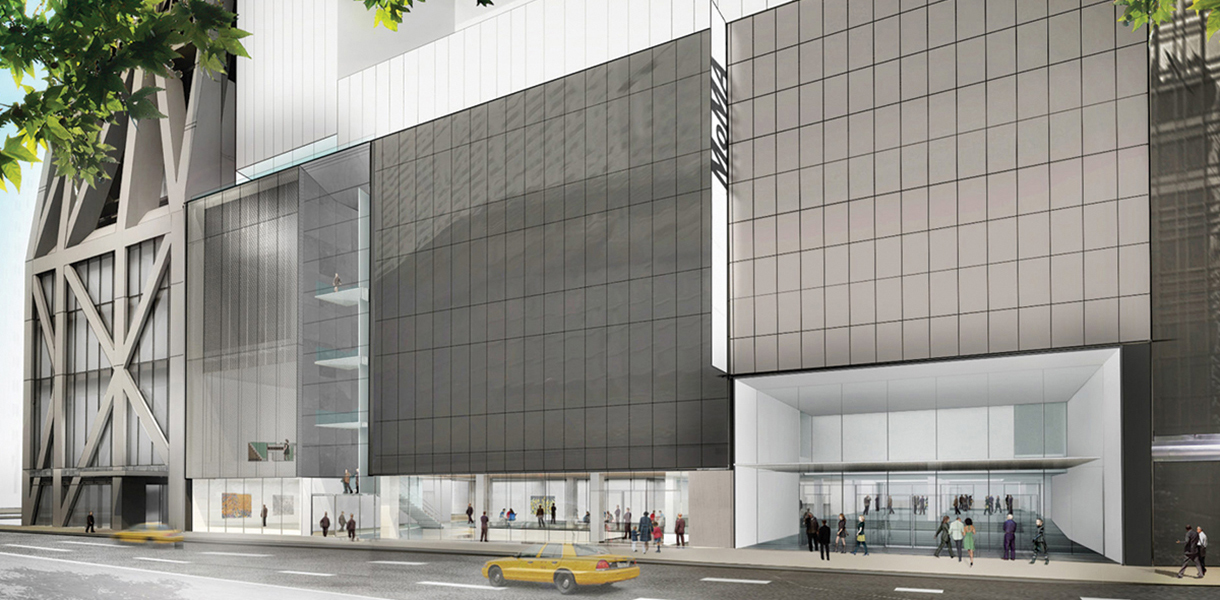
The Museum of Modern Art – New York
Reopens: October 21
Architect: Diller Scofidio + Renfro, New York
MoMA’s midtown campus, closed since June, reopens after a $400 million expansion and reconfiguration that adds 30 percent more exhibit space for the world’s preeminent trove of modern art. The addition seamlessly extends existing galleries into three floors of an adjacent skyscraper (Ateliers Jean Nouvel, Paris), and allows curators to reconceive how they present the past 150 years of art history. The installation remains chronological (early modernism on the fifth floor, mid-20th-century on the third, and art since 1980 on the high-ceilinged second floor) but for the first time mixes together painting, sculpture, design, and other media, and includes more work by women, artists of color, Latinx artists, and others who have been underrepresented in the museum. The project also introduces gallery space for performance, admission-free street-level galleries, and a more welcoming lobby and shop. moma.org
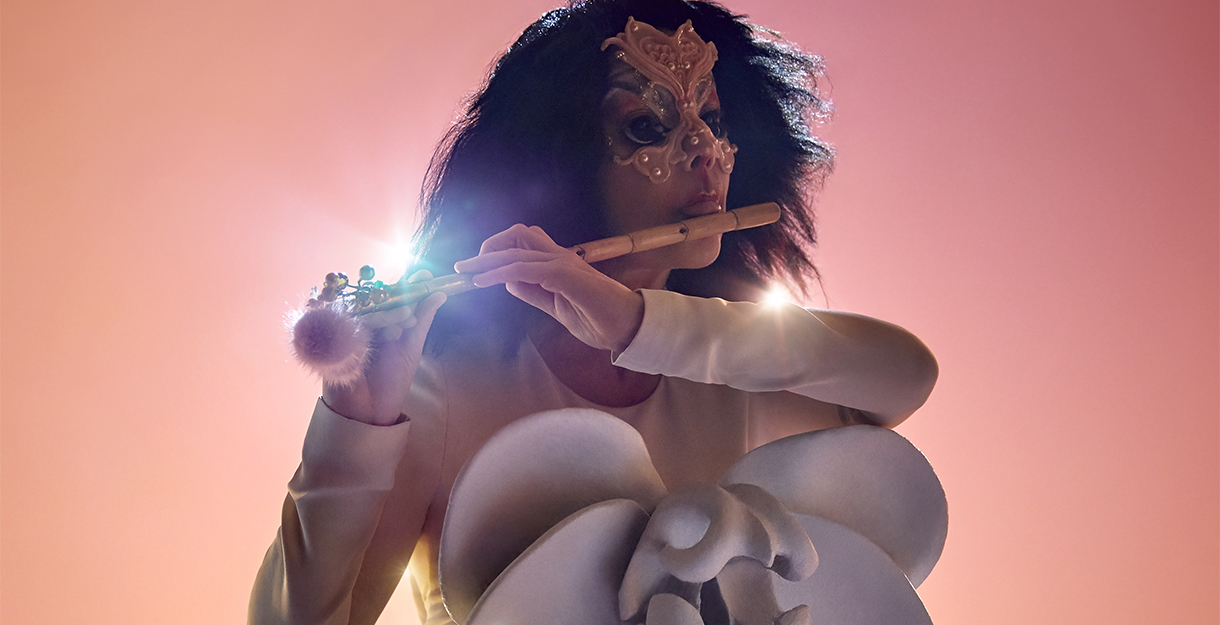
Opened: April 21
Lead Architect: Diller Scofidio + Renfro, New York
Collaborating Architect: Rockwell Group, New York
Manhattan’s all-new venue for interdisciplinary visual and performing art commissions is located adjacent to Hudson Yards, an $18 billion cluster of supertall towers that house corporate offices, luxury residences, and a high-end shopping mall. The structures rise above active rail yards on the West Side, and along the popular, elevated High Line park. In leasing the tract to the Related Companies, the city set aside land for a cultural amenity and selected the proposal for The Shed.
The new nonprofit raised $475 million to construct an eight-level space with two galleries, a theater, and The McCourt, a multiuse concert hall capped by a retractable shell. The inverted U-shaped hood, a steel grid covered with translucent plastic, rests on motor-driven wheels that allow it to telescope out over a plaza to create a sheltered setting for performances and events.
Shed commissions have emphasized interdisciplinary collaboration: a play with music about Marilyn Monroe written by poet Anne Carson and starring Ben Whishaw and Renée Fleming; a five-night concert series of African American music curated by artist and film director Steve McQueen; choral and orchestral pieces by Arvo Part and Steve Reich performed live in rooms wallpapered with reproductions of Gerhard Richter abstractions (the Reich piece synched with a film by Corinna Belz that digitally alters a Richter painting into a psychedelic mandala); and a spectacularly staged Björk concert featuring a septet of dancing flautists. Highlights for the fall season include works by choreographer William Forsythe, Venezuelan electronic musician Arca, and 88-year-old environmental art pioneer Agnes Denes.
On the north side of The Shed is the 15-story sculpture called Vessel, designed by Thomas Heatherwick. A gleaming honeycomb of climbable staircases with undersides clad in reflective metal, Vessel’s overall shape resembles a giant wastepaper basket and the inside looks something like an Indian stepwell. Timed ticketholders can ascend for views of the interior, though the next phase of development may limit outward vistas to the facades of surrounding skyscrapers. Meanwhile, what some call the $200 million folly has proved a magnet for tourists whose photos and posts provide an abundant amount of free advertising for Hudson Yards. theshed.org
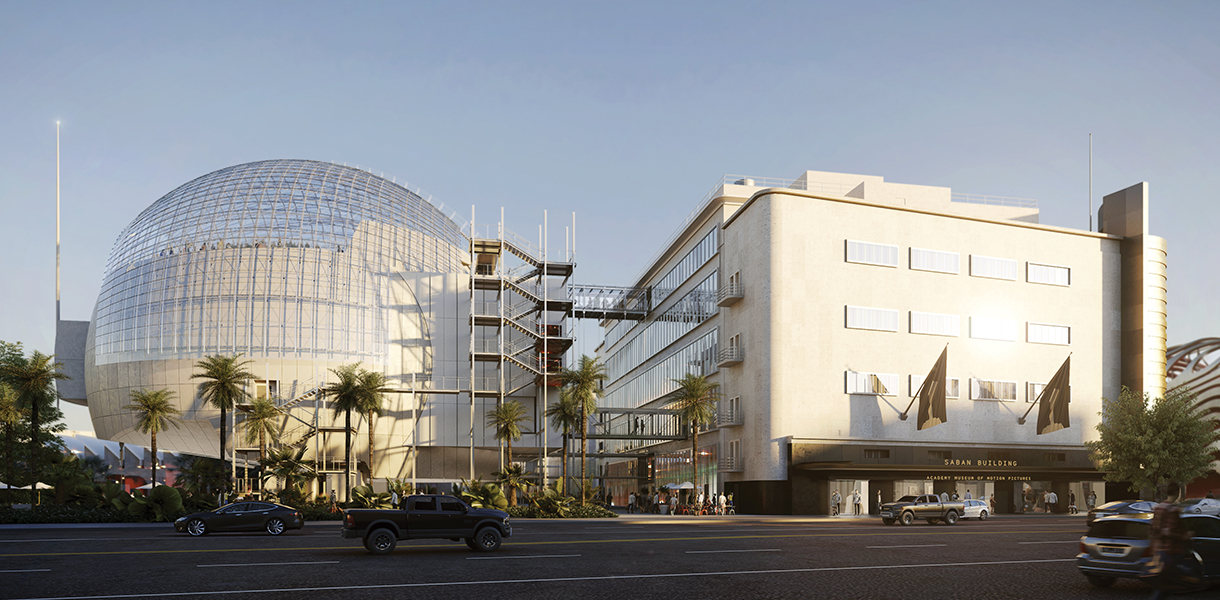
Academy Museum of Motion Pictures – Los Angeles
Opens: 2020
Architect: Renzo Piano Building Workshop,
Genoa/Paris/New York with Gensler, Los Angeles
The Academy—the organization that gives out the Oscars—leased and renovated a former Streamline Moderne department store building and added a spherical structure, which features a 1,000-seat theater for film screenings, performances, and lectures, with a glass-domed terrace on top for events. Galleries will trace the science and history of film, and present exhibits about Hollywood and global film culture. Movie fans will find, among other bits of nostalgia, Dorothy’s ruby slippers, the doors to Rick’s Café, Charles Kane’s sled “Rosebud” (loaned by Steven Spielberg), and an homage to the Stargate Corridor from 2001: A Space Odyssey. Though long delayed and way over budget, the $388 million movie museum is a natural for Los Angeles. academymuseum.org

Keith Haring Untitled 1981 Mickey TV. Courtesy Rubell Museum
Opens: December 4
Architect: Selldorf Architects, New York
Since the early 1990s, hoteliers Don and Mera Rubell have housed their world-renowned contemporary art collection in their private museum, a repurposed DEA confiscated goods warehouse in Wynwood. Their growing inventory has led them to relocate to another industrial facility twice the size of the original. The 100,000-square-foot campus in Allapattah will have 40 galleries (spread over 53,000 square feet) for long-term installations and special exhibitions drawn from their growing collection of 7,200 works by more than 1,000 artists. The opening is scheduled to coincide with Art Basel Miami Beach, the huge contemporary art fair that the couple helped bring to the city two decades ago. rfc.museum

Opened: March
Architect: Ateliers Jean Nouvel, Paris
In competition with its political rival Abu Dhabi, Qatar has constructed an iconic history museum by the designer of Louvre Abu Dhabi. Ultra-high-performance glass fiber-reinforced concrete sheaths the $434 million compound, evoking a desert rose crystal. The sprawling structure wraps around the restored early-20th-century royal palace that served as the seat of government and later as the national museum. The new museum contains exhibits chronicling the history of Qatar and its inhabitants from prehistory to the present. Irregularly shaped galleries—with tilting and curved walls and inclined floors—form a mile-long continuous circuit on several levels. Displays deploy videos, soundscapes, images, texts, and objects to examine the region’s geographical, cultural, and political evolution through the 20th century, when the discovery of oil and natural gas created vast wealth. A highlight is the 19th-century Pearl Carpet of Baroda, embroidered with 1.5 million Gulf pearls and precious stones. The museum, part of a cultural district that includes the Museum of Islamic Art and Mathaf: Arab Museum of Modern Art, is surrounded by a park by landscape architect Michel Desvignes and public artworks such as Jean-Michel Othoniel’s foundation installation, set in a large lagoon. nmoq.org.qa
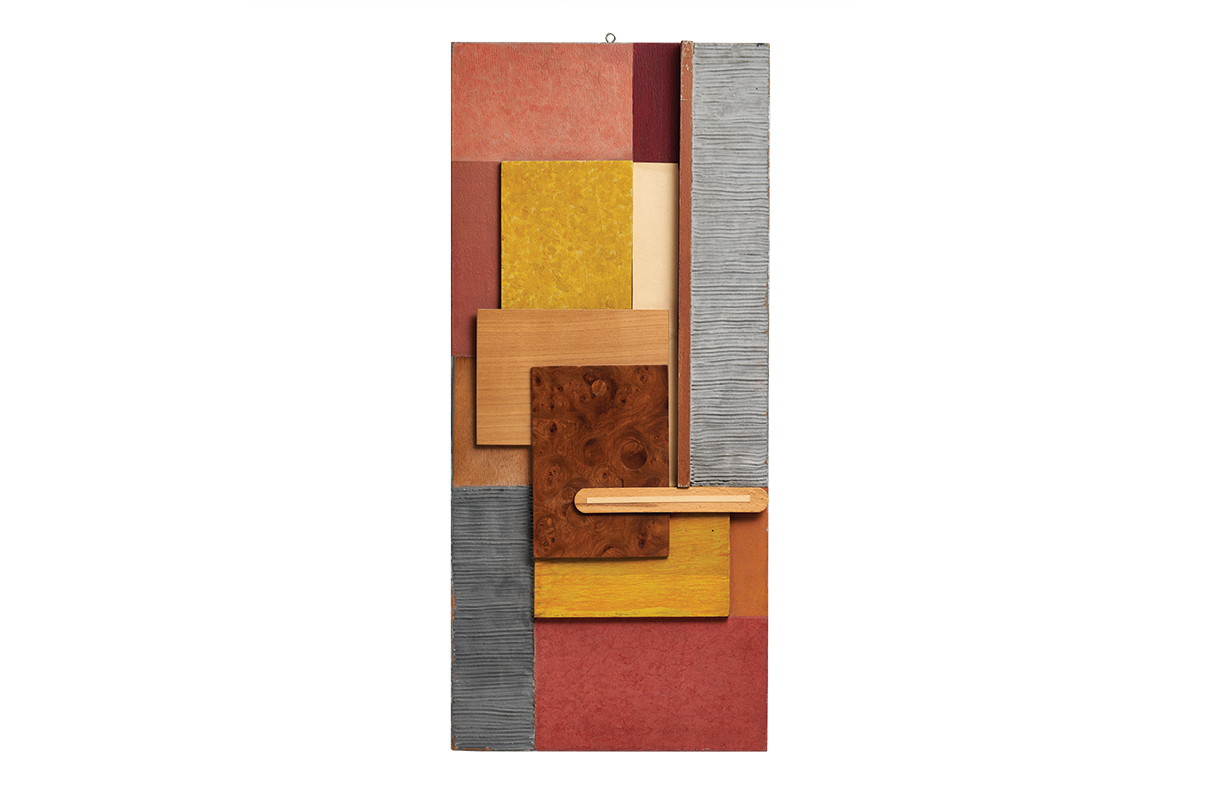
Bauhaus Museum Dessau – Dessau, Germany
Opened: September 8
Architect: Addenda Architects, Barcelona, Spain
Coinciding with the centennial of the seminal modernist design school (1919–1933), the museum’s opening will feature displays of historical documents, objects designed and fabricated at the school, as well as contemporary works that exemplify the institution’s lasting impact on architecture and design. The school was founded in Weimar, but in 1925 moved to Dessau, which is now home to the largest number of Bauhaus buildings in the world. The Bauhaus Dessau Foundation has collected some 40,000 objects since 1976, but only now has space in which to present them properly. Within the framework of the Bauhaus cooperation, the Bauhaus Dessau Foundation works closely with the Klassik Stiftung Weimar, which opened a new Bauhaus museum earlier this year, and with the Bauhaus-Archiv in Berlin. bauhaus-dessau.de
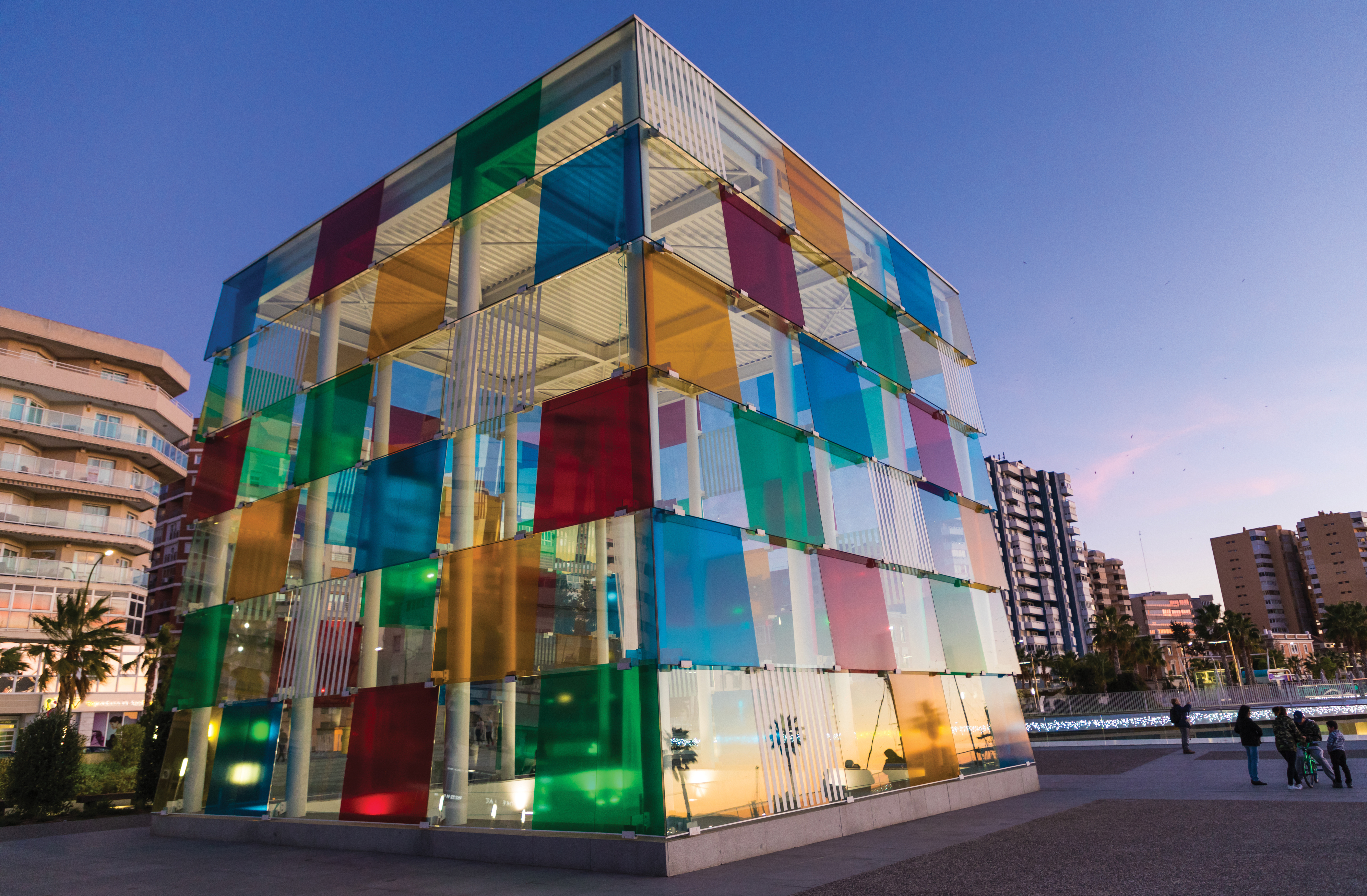
Centre Pompidou Shanghai – Shanghai
Opens: Spring 2020
Architect: David Chipperfield, London
As part of a long-term cultural cooperation between France and China, Paris’ Centre Pompidou will set up a branch in the West Bund Art Museum, a new facility on the banks of the Huangpu River in a state-owned development converting industrial waterfront into office parks, meeting space, and cultural venues. The West Bund district already features the Yuz Museum, Long Museum, and Tank Shanghai, a nightclub and art center housed in former airfield oil tanks—all established by private collectors whose projects lend cachet to the area. Now, the Pompidou has a renewable five-year lease on one of the West Bund Art Museum’s three two-story wings. (Plans for the other two wings have not been announced.) The program will present modern and contemporary art on loan from Paris and contemporary Chinese art. Pompidou already has a branch in Metz, France, and has been expanding abroad with satellites in Málaga, Spain, Shanghai, and possibly Brussels and Bogota, Colombia. Ongoing programming partnerships continue with the King Abdulaziz Center for World Culture in Dhahran, Saudi Arabia, as well as participation in a French–Saudi Arabia agreement to develop the Arab Civilization Museum as part of a tourism initiative in the Al-Ula province.
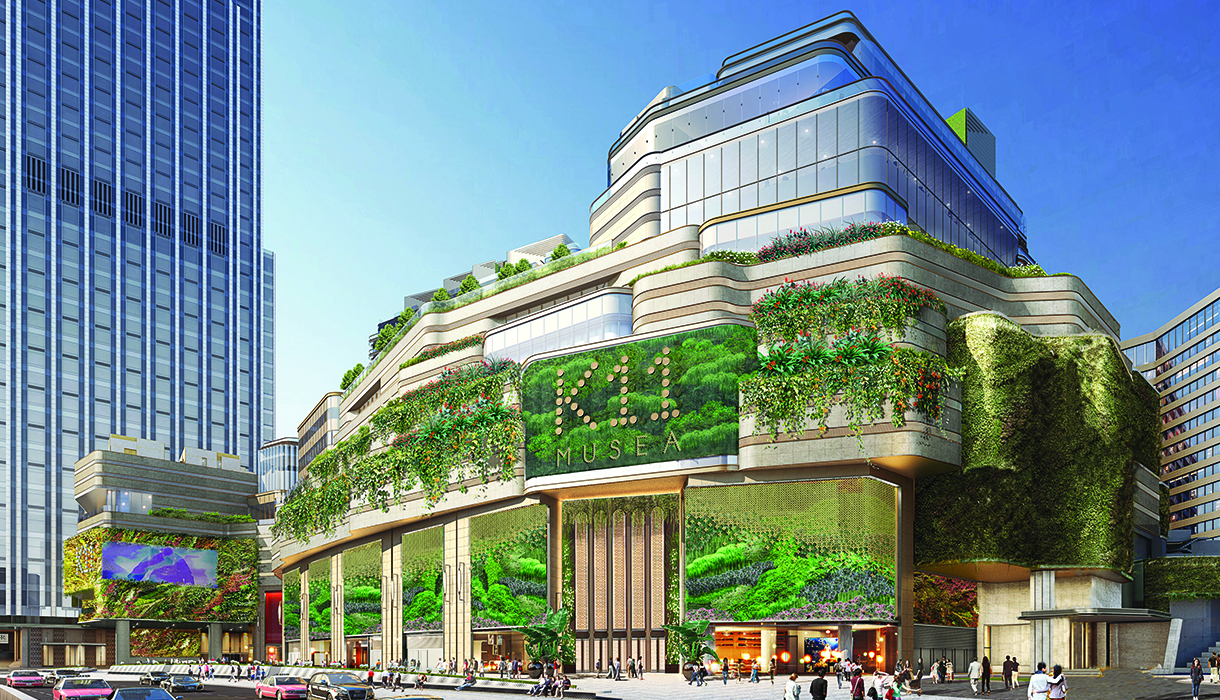
K11 MUSEA – Hong Kong
Opens: Fall 2019
Architect: Kohn Pederson Fox, New York; Landscape
Architect: James Corner Field Operations, New York
The latest and most ambitious “art mall” created by 39-year-old billionaire Adrian Cheng’s K11 MUSEA is situated in Victoria Dockside, his 3-million-square-foot harborside development in Tsim Sha Tsui—a 10-year project. Cheng heads a real estate and jewelry empire, the former founded by his grandfather and the latter by his great-grandfather, but his keen interest in merging art and culture with commerce led him over the past decade to open art malls in Hong Kong, Shanghai, Guangzhou, Wuhan, and Shenyang, with future openings planned in four more cities across China. Each is a mix of shopping, entertainment, cultural happenings, and design, including cross-disciplinary exhibition space curated by K11 Art Foundation, which he founded and which focuses on incubating Chinese artists and curators, sometimes through collaborations with luxury brands and international institutions such as Serpentine Galleries and Palais de Tokyo. They have also arranged loan shows of older art from European and American museums. k11musea.com

Musée Cantonal des Beaux-Arts – Lausanne, Switzerland
Opens: October 5
Architect: Barozzi Veiga, Barcelona, Spain
Three of Lausanne’s major visual art museums are moving into a new cultural district next to the main train station, PLATEFORME 10. The Cantonal Museum of Fine Arts has long needed more space to exhibit its collection of old master, modern, and contemporary works. The collection has been housed—along with the cantons museums of natural history, zoology, and money—in a neo-Renaissance palace in the old city. Now the fine arts museum has a new building on the site of the old railway hall. The facility has galleries for the permanent collection, including 500 works by Swiss-born French modern artist Félix Vallotton, as well as enhanced climate control and security that enable the museum to receive major traveling shows from foreign museums. Across a tree-lined plaza, another new building (designed by Manuel and Francisco Aires Mateus, Lisbon, Portugal) will open in 2021, housing a photography museum, the Musée de l’Elysée, and the Mudac (Museum of Contemporary Design and Applied Art). mcba.ch
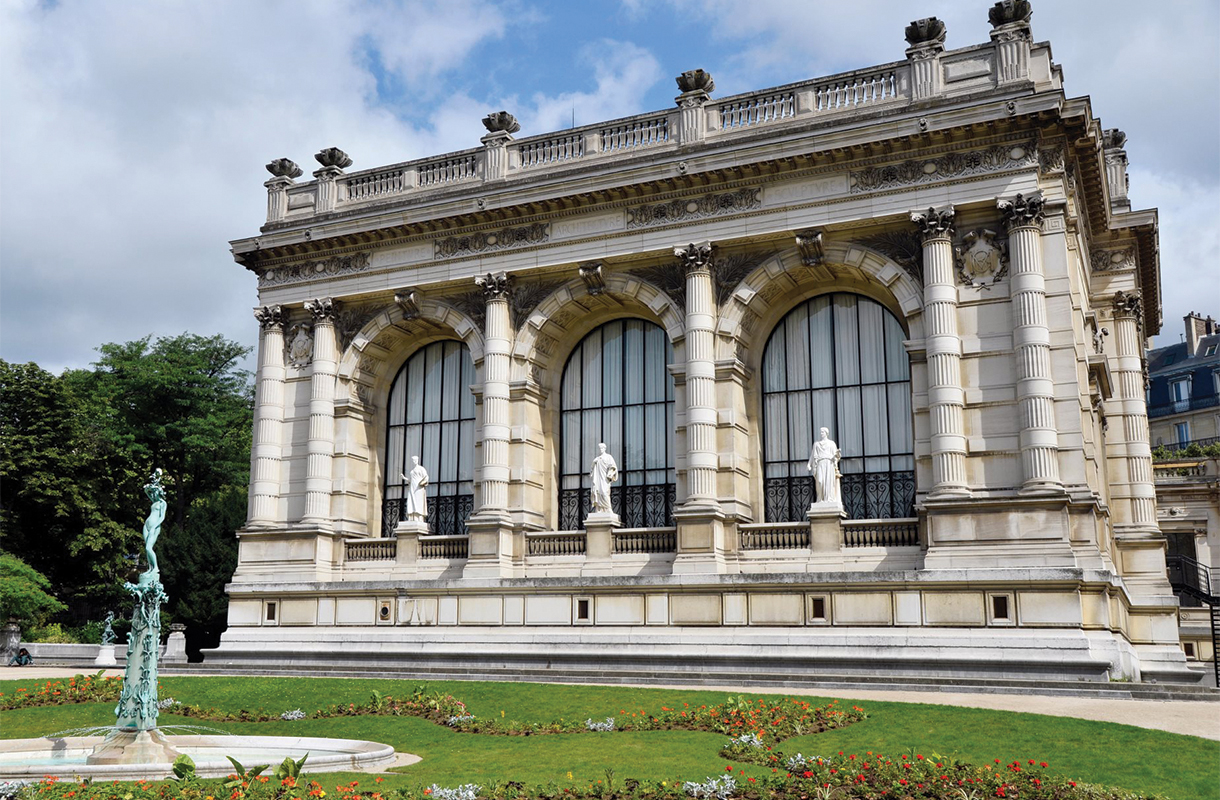
Palais Galliera – Paris
Opens: Spring 2020
Architect: Atelier de l’Île, Ciel Architectes, Paris
The City of Paris Fashion Museum is renovating and expanding its Beaux-Arts mansion in the 16th arrondissement near Musee Guimet and Palais de Tokyo. Funded by Chanel, the overhaul converts vaulted cellars into galleries that double the area for temporary shows and installations from the permanent collection of 200,000 couture and accessory items from the 18th century to today, including outfits worn by Louis XVII, Sarah Bernhardt, and dresses by Worth, Schiaparelli, Mariano Fortuny, Balenciaga, St. Laurent, Gaultier, Miyake, and many others. palaisgalliera.paris.fr
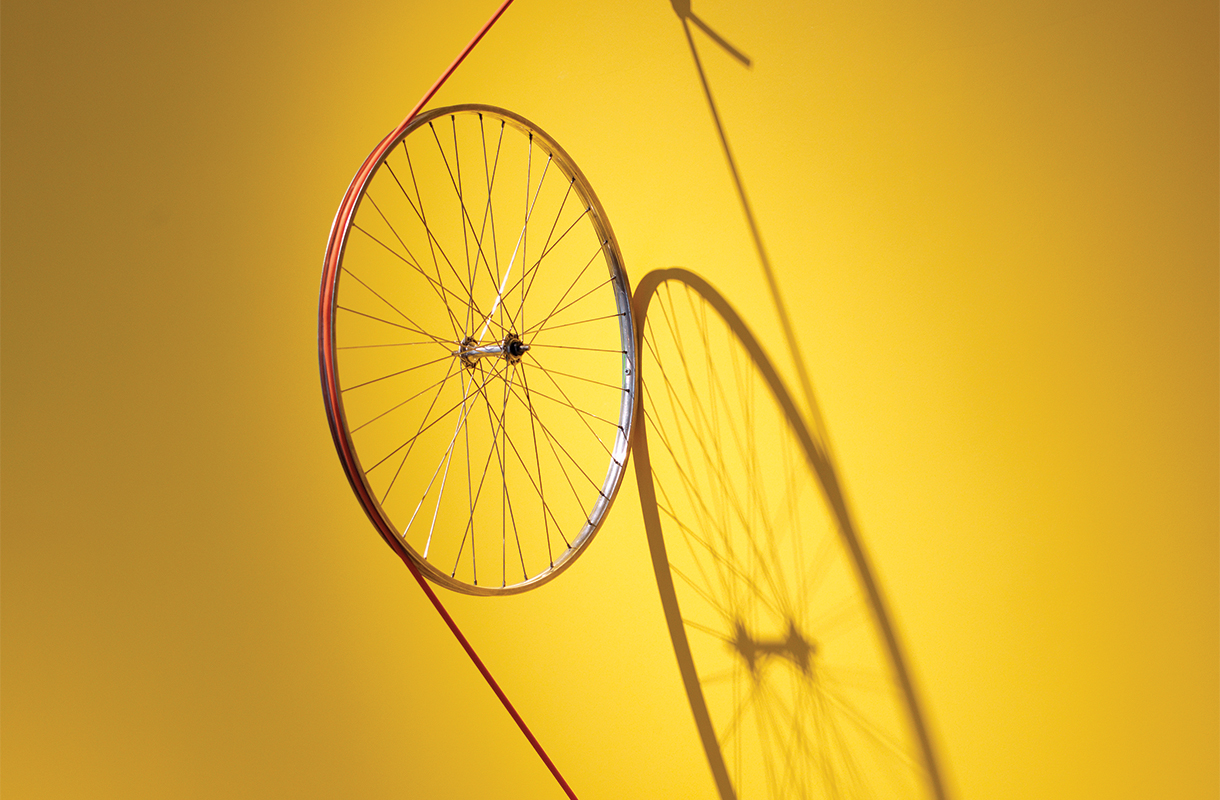
Arter – Istanbul, Turkey
Opened: September 13
Architect: Grimshaw Architects, London
The contemporary art center is less than a decade old, but with funding from its parent organization, The Vehbi Koç Foundation, it is moving into a grand new home in the Dolapdere district. Exhibitions will include parts of the 1,400-piece international collection, which mainly concentrates on Turkish art since 1960 as well as new commissions and interdisciplinary performances in two theaters that can accommodate music, dance, film, and video. Collector Ömer Koç, a descendant of the industrialist who established the foundation 50 years ago, plays a lead role at the museum, which is slated to open during the preview of this year’s Istanbul Biennial, another Koç Foundation beneficiary. It is hard to believe that Arter is only the second museum of modern art in Turkey. The other is Istanbul Modern, founded 15 years ago, and currently building a new facility to be designed by Renzo Piano on the Bosphorus. arter.org.tr




